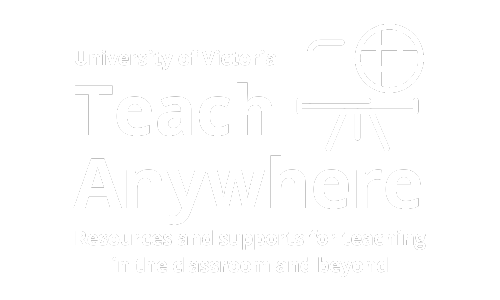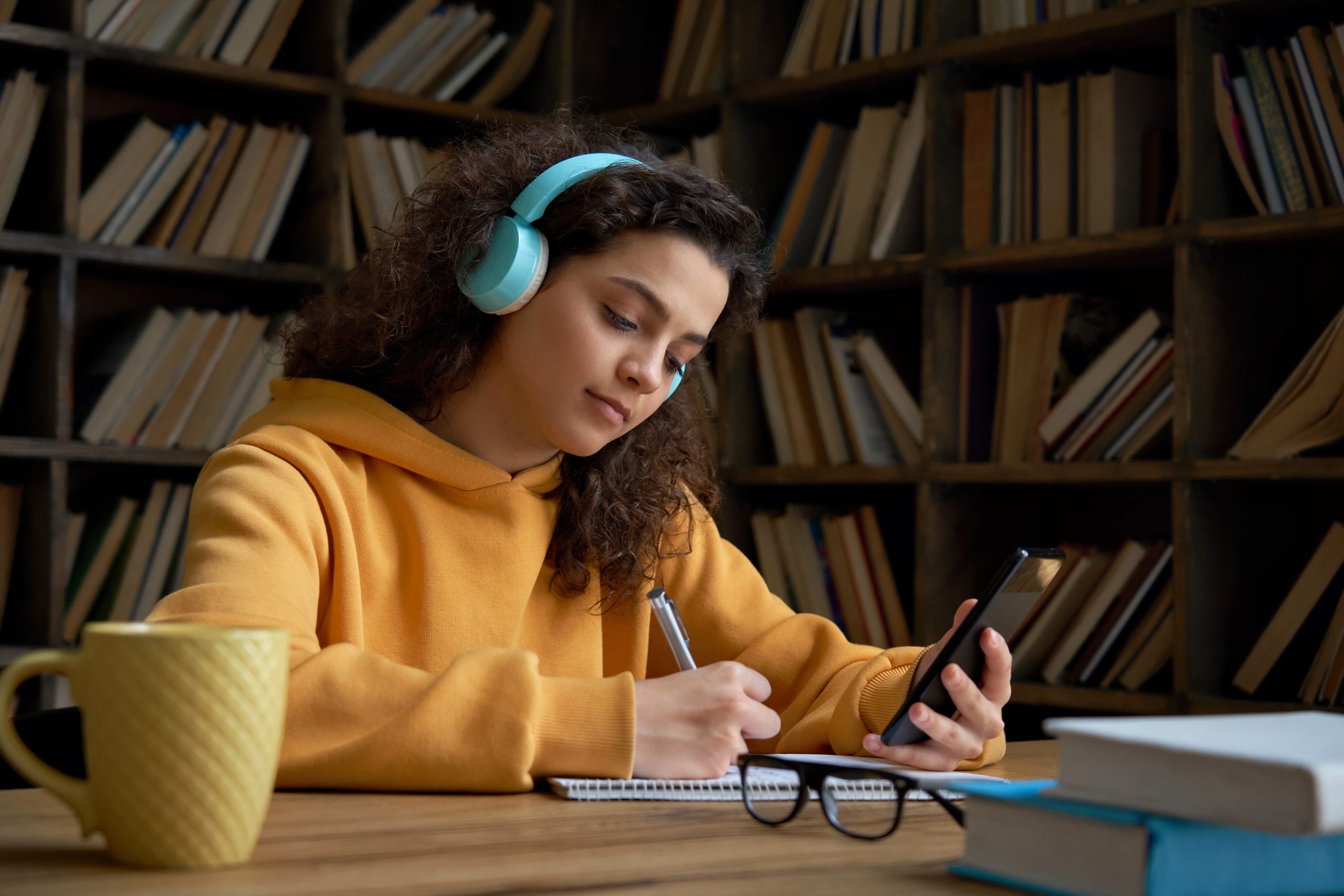Overview
Students are diverse learners with unique abilities, backgrounds and learning approaches. The Universal Design for Learning (UDL) framework aims to create inclusive and equitable learning environments by providing: multiple means of representation, multiple means of engagement and multiple means of expression.
In this section
The three principles of UDL
There are three principles of UDL that support the diversity of your students and remove barriers to learning. These principles empower students by offering them flexibility in how they access information, engage with content and demonstrate their understanding. These three principles are as follows:
Principle 1: Multiple Means of Representation
Example
Principle 2: Multiple Means of Engagement
Example
Principle 3: Multiple Means of Action and Expression
Example
Benefits of UDL
There are several benefits of using UDL principles when designing your courses and materials that will support not only your students, but your instructional experience. These include:
Inclusivity and accessibility
This removes barriers and creates an environment where every student can thrive, reducing the need for individual accommodations, saving instructor time and resources.
Personalized learning experiences
Students can engage with content and demonstrate their understanding in ways that align with their strengths and preferences, leading to increased motivation, engagement and achievement.
Flexibility and adaptability
You can easily integrate seamless integration of new technologies, resources and instructional strategies, ensuring that the learning experience remains relevant and effective over time.
Increased engagement and motivation
Incorporating multimedia, interactive elements, real-world connections and choices adds agency to a students learning experience and make instruction that much more enjoyable and meaningful.
Reflection activity
Case study scenario
Scenario: Rowan is a teaching faculty*. Rowan has observed that some students in their class, particularly those with attention difficulties, struggle to stay engaged during learning activities, such as lectures, labs and/or tutorials. Rowan wants to explore UDL strategies to enhance student engagement and ensure all students have equal opportunities to succeed.
*Please feel free to adapt this scenario for your own specific discipline.
Questions
- Identify the barriers to engagement faced by students with attention difficulties in this classroom.
- How can Rowan apply the principles of Universal Design for Learning (UDL) to address these barriers and promote active participation?
References
- Davies, P. L., Schelly, C. L., & Spooner, C. L. (2013). Measuring the effectiveness of universal design for learning intervention in postsecondary education. Journal of Postsecondary Education and Disability, 26(3), 195. https://files.eric.ed.gov/fulltext/EJ1026883.pdf




